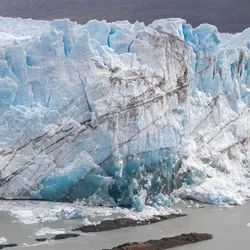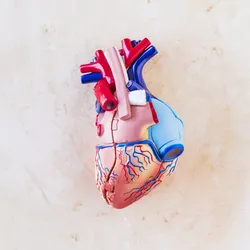
Level 1:
Permafrost is very cold ground. It stays frozen all year round. Permafrost can be found in many places like Alaska and Siberia. Scientists use drills to study permafrost. The ground is very hard. They take samples back to the lab to learn more about it. Exploring permafrost can be dangerous. The ground can shift, and cracks can happen. Scientists must be careful. Permafrost is a mysterious place. We can learn many things from studying it.
Level 2:
Permafrost is a layer of frozen ground that stays frozen all year round. It can be found in many places around the world, including Alaska and Siberia. Scientists use specialized tools to take samples of the permafrost and examine them in the lab to learn about their composition and structure. However, exploring permafrost can be risky because the ground can shift and crack at any time. Despite the dangers, there’s much to discover from studying permafrost, from ancient microbes to new sources of energy. The mysteries of this icy landscape are waiting to be unlocked by those who are brave enough to venture into its depths.
Full Story:
There’s something about the word “permafrost” that just sounds cool. Maybe it’s the way it rolls off your tongue, or maybe it’s the fact that it conjures up images of a frozen tundra where mammoths roam and glaciers reign supreme. Whatever the reason, permafrost is one of those words that captures the imagination.
But what exactly is permafrost? Well, for starters, it’s not just any old layer of ice. Permafrost is a layer of frozen ground that stays frozen year-round – hence the name. It can be found all over the world, from Alaska to Siberia, and it plays an important role in everything from climate change to global energy production.
So, what lies beneath the surface of permafrost? That’s the million-dollar question. Scientists have been studying permafrost for decades, but there’s still so much we don’t know. Some believe that permafrost could hold the key to unlocking new sources of oil and gas, while others think it could reveal ancient microbes that have been frozen in time for millions of years.
One thing’s for sure: exploring permafrost is no easy feat. The ground is frozen solid, which means you need some serious equipment to get through it. That’s why research teams often use drills and other specialized tools to take core samples of the soil. These samples can then be analyzed back in the lab to learn more about the composition and structure of the permafrost.
Of course, there are also some risks involved in exploring permafrost. The ground is unstable, which means it can shift and crack at any moment. This can make drilling and other activities dangerous, especially in remote areas where help may be far away. That’s why it’s important for researchers to have a healthy respect for the perils of permafrost.
But despite the challenges, there’s no denying the allure of permafrost. It’s a frozen world unlike any other, where ice and rock mingle in an otherworldly landscape. And as we continue to explore this mysterious realm, who knows what we might discover? Maybe we’ll find a new source of energy that could power the world for centuries, or maybe we’ll uncover new insights into the workings of our planet’s climate. Whatever the future holds, one thing is certain: the mysteries of permafrost are waiting to be uncovered.
So, if you’re feeling adventurous, why not join the scientists and explorers who are delving deep into the icy heart of permafrost? Who knows – you just might discover something incredible.
Questions:
What is permafrost and where can it be found in the world?
How do scientists study permafrost and what have they learned from their studies?
What are some of the dangers associated with exploring permafrost?
In your opinion, what do you think is the most fascinating aspect of permafrost?
Do you believe that studying permafrost could lead to important discoveries related to climate change? Why or why not?
Fill in the Blanks:
respect, tundra, allure, structure, composition, feat
Maybe it’s the way it rolls off your tongue, or maybe it’s the fact that it conjures up images of a frozen ________ where mammoths roam and glaciers reign supreme.
One thing’s for sure: exploring permafrost is no easy ________.
These samples can then be analyzed back in the lab to learn more about the ________ and ________ of the permafrost.
That’s why it’s important for researchers to have a healthy ________ for the perils of permafrost.
But despite the challenges, there’s no denying the ________ of permafrost.
Vocabulary:
Conjure - (verb) To bring to mind; to evoke a mental image or memory.
Tundra - (noun) A vast, treeless plain that is characterized by permafrost and a layer of soil that thaws and refreezes each year.
Microbe - (noun) A microscopic organism, such as a bacterium or virus, that can only be seen with the aid of a microscope.
Feat - (noun) An impressive or difficult achievement.
Peril - (noun) Serious and immediate danger.
Allure - (noun) The power to attract or charm; the quality of being fascinating or desirable.
Core sample - (noun) A cylindrical section of rock, ice, or soil that is extracted by drilling for study or analysis.
Composition - (noun) The nature of something’s ingredients or constituents; the way in which a whole is made up.
Structure - (noun) The arrangement or organization of parts to form a whole.
Respect - (noun) A feeling of deep admiration for someone or something elicited by their abilities, qualities, or achievements.




